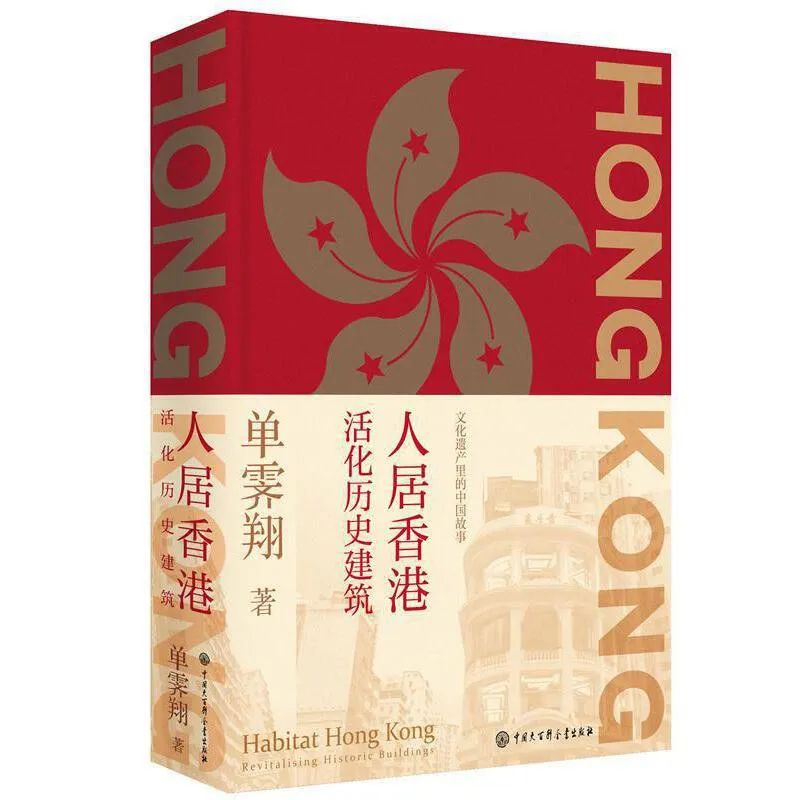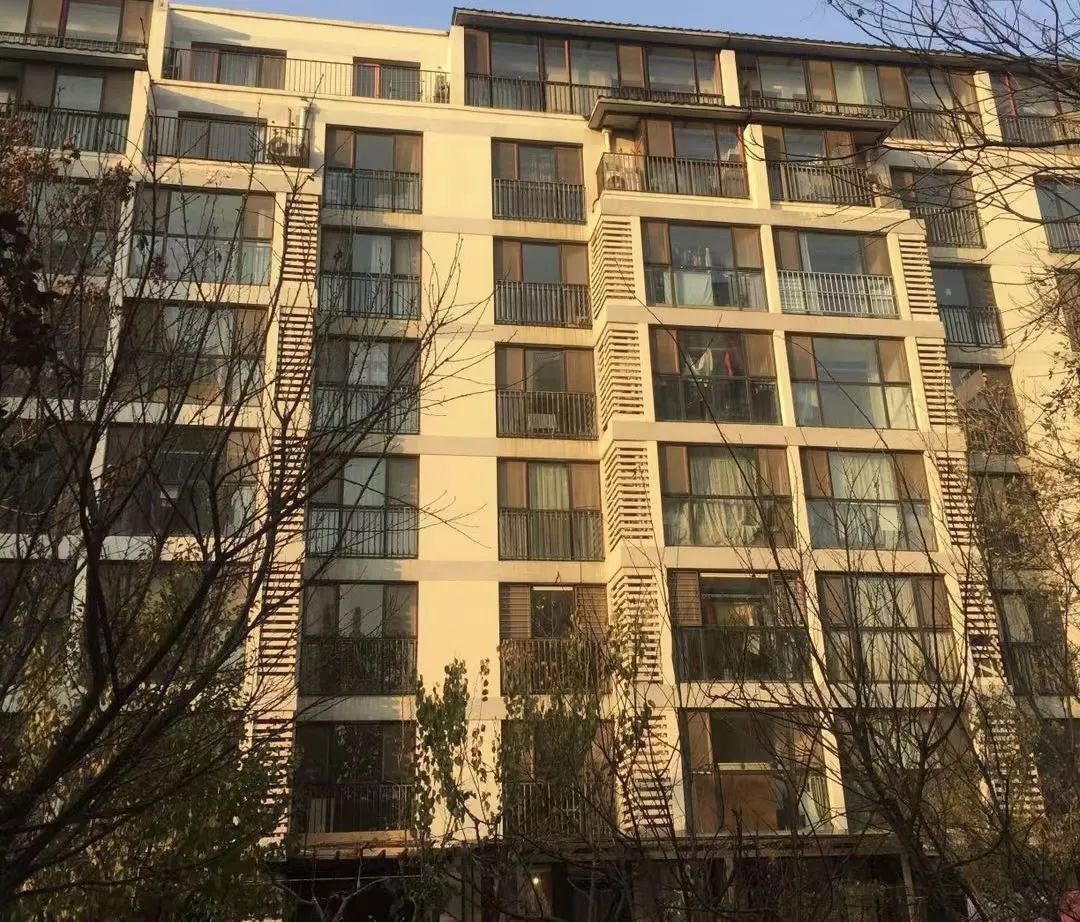They are the symbol of Hong Kong’s cultural identity and a part of the collective memory of Hong Kong people’s entrepreneurship, and reflect the continuation of cultural heritage and a sense of belonging.
In Shan Jixiang’s writing, Hong Kong is “a city that has withstood the vicissitudes of life, a city that demonstrates tenacity and persistence, a city full of humanity and warmth, a city that cherishes history and memory, and a city that maintains creativity and vitality forever”.
In 2013, the “revitalizing historic buildings partnership project” of Meihe building was completed, and the Hong Kong Youth Hostel Association operated in a non-profit manner to encourage social participation in cultural exchanges and heritage protection.
After design and repair, the external facade of the court building remains intact.
They are formed in the past, recognized in the present and benefited in the future.
For example, a “Doge toilet” was specially built in the life hall of Meihe building, showing the “original appearance” of the common toilet on the first floor in that year, and a “corridor kitchen” was rebuilt to reproduce the situation of residents cooking in the narrow corridor.
In the book, taking the reconstruction plan launched by Hong Kong Zhilian Jingyuan in 1989 as an example, it expounds that modern buildings can also carry the thinking of history, and puts forward that “excellent antique buildings are also the protection and inheritance of historical culture, building French and traditional skills”.
The plan is intended to cherish the collective memory of Hong Kong people.
In November 2007, Carrie Lam, then director of the Development Bureau of the Hong Kong Special Administrative Region, visited Beijing and visited Shan Jixiang, then director of the State Administration of cultural relics, to introduce Hong Kong’s “revitalizing historic buildings partnership project”.
In view of the continuous exploration and summary of heritage protection, Shan Jixiang expanded the road of “conservation and activation” in Hong Kong on the basis of rational analysis of the guiding ideology, implementation objectives and operation mode, and put forward the “Twelve laws” with valuable connotation and operability.
It is also the only “H” residential building in Hong Kong.
Such transformation preserves the historical value of the original building, endows the community where the court is located with artistic quality and affinity, and turns a solemn court into a vibrant art and design college.
Shan Jixiang believes that the project launched by the SAR government is a milestone in the conservation policy of Hong Kong’s historical buildings.
In combination with the renovation requirements of the North Kowloon Magistracy, it was included in the first phase of the “revitalizing historic buildings partnership project”, which was used for the college, training center and antiquities art gallery.
On October 10, 2007, the “revitalizing historic buildings partnership project” came into being.
Solid Lifting Socket Cross Pin
From the first phase in 2008 to the sixth phase in 2019, the “revitalization” project has not only benefited the Hong Kong public, but also won the United Nations Asia Pacific Cultural Heritage Protection Award for five projects.
In a series of “activation” methods, such as “replacing new functional space”, the “activation” case of the North Kowloon Magistracy building is very enlightening.
Meihe building is the era witness of the government’s concern for people’s livelihood and promotion of public housing policy.
A total of 22 historic buildings (including buildings) have been included in the revitalizing projects, of which 12 projects have been opened to the public.
The historical buildings preserved to this day can not only witness the whole process of urban development and change in Hong Kong, but also preserve the local architectural cultural characteristics and the feelings of Hong Kong people.
In 2011, the project won the UNESCO Asia Pacific Cultural Heritage Protection Award.
In September 2010, Savannah Institute of art and design (Hong Kong) opened and operated.
He gave a detailed account of Hong Kong’s unique historical building “conservation and revitalization” experience and cases, as well as the protection and innovation achievements of Hong Kong’s urban construction.
Another example is the Meihe building project which won the Asia Pacific Heritage Protection Award in 2015.
Shan Jixiang summed up this kind of neighborhood relationship as “strong feelings and homesickness of watching and helping each other, sharing joys and sorrows, taking care of each other, and sharing joys and sorrows”.
“Historical buildings write every chapter of history in detail.
Although it was built in 1960, it has many architectural features and styles.
The “revitalizing historic buildings partnership project” launched by the HKSAR Government in 2008 has been held for six phases so far.
The court building has witnessed the development history of Hong Kong’s judicial system.
By June 2020, more than 400000 people from all walks of life had visited the project.
“The itinerary was very full, and he inspected Hong Kong’s historical buildings everywhere…
After that, Shan Jixiang visited Hong Kong more than ten times in the past ten years.
Shan Jixiang believes that the implementation of the “revitalizing historic buildings Partnership Plan” is no longer a simple material cultural heritage, but more and more based on the respect for historical changes, natural ecological environment and anthropology.
The Advisory Committee on revitalizing historic buildings decided that the Savannah Institute of art and design of the United States, which has the Department of architectural history and the Department of historic preservation, should set up a Hong Kong branch here.
After the project was launched, a total of 21 applications were received.
This “public housing culture” best interprets the theme of “conservation and revitalization” of residential buildings, revives the abandoned historical buildings, and creates a new landmark of “public housing” with cultural characteristics.
In the more than one century since its opening, Hong Kong has left behind thousands of historical buildings, which integrate the essence of Chinese and foreign architectural art.
Article Jin Lei recently, when the 20th century architectural heritage committee of the Chinese society of cultural relics recommended the final evaluation of the “Seventh Batch of China’s 20th century architectural heritage projects”, Shan Jixiang, President of the Chinese society of cultural relics, introduced to the experts his latest book “living in Hong Kong – Revitalizing historical buildings”.

From a macro perspective, he analyzed and discussed most of Hong Kong’s historical buildings through different contexts.” In the book, Shan Jixiang said that as the first director of the Hong Kong Development Bureau, Carrie Lam had long realized that “heritage conservation is no longer just a talk on paper, but immediate action”.
They are the symbol of urban culture and the coordinates of different historical development processes.” This is Shan Jixiang’s praise and expectation for the heritage world of tradition and development, which is worth thinking about in practice..

In order to protect the wall, most of the works of art are hung.




